Properties
| Storage Buffer | PBS, 50% glycerol, 0.09% sodium azide *Storage buffer may change when conjugated |
| Storage Temperature | -20ºC, Conjugated antibodies should be stored according to the product label |
| Shipping Temperature | Blue Ice or 4ºC |
| Purification | Peptide Affinity Purified |
| Clonality | Polyclonal |
| Specificity | Detects 77.9 kDa. |
| Cite This Product | StressMarq Biosciences Cat# SPC-610, RRID: AB_2704889 |
| Certificate of Analysis | A 1:1000 dilution of SPC-610 was sufficient for detection of ATG7 in 15 µg of human HeLa cell lysates by ECL immunoblot analysis using goat anti-rabbit IgG:HRP as the secondary antibody. |
Biological Description
| Alternative Names | Autophagy 7S. cerevisiae, homolog of Antibody, APG7 like Antibody, ATG7_HUMAN Antibody, hAGP7 Antibody, Ubiquitin-like modifier-activating enzyme ATG7 Antibody, Autophagy related protein 7 Antibody, Autophagy-related protein 7 Antibody, GSA 7 Antibody, APG7, S. cerevisiae, homolog of Antibody, Ubiquitin-activating enzyme E1-like protein Antibody, Autophagy-related 7 (yeast) Antibody, APG7 autophagy 7 like Antibody, 1810013K23Rik Antibody, APG7 autophagy 7-like (S. cerevisiae) Antibody, ATG12-activating enzyme E1 ATG7 Antibody, ATG7 autophagy related 7 homolog Antibody, Atg7l Antibody, Ubiquitin activating enzyme E1 like protein Antibody, Apg 7 Antibody, APG7L Antibody, DKFZp434N0735 Antibody, ATG 7 Antibody, APG7-like Antibody, GSA7 Antibody, ATG7 autophagy related 7 homolog (S. cerevisiae) Antibody, ATG7 Antibody |
| Research Areas | Apoptosis, Autophagy, Cancer, Cardiovascular System, Heart |
| Cellular Localization | Cytoplasm, Preautophagosomal structure |
| Accession Number | NP_001129503.2 |
| Gene ID | 10533 |
| Swiss Prot | O95352 |
| Scientific Background | ATG7 in conjuction with ATG10, mediates the formation of the autophagosome when ATG12 is covalently bound to ATG5 and targets to autophagosome vesicles. It also activates ATG8, and is crucial for amino acid supply in neonates. |
| References |
1. Mizushima N., et al. (1998) J Biol Chem. 273: 33889-92. 2. Mizushima N., et al. (1998) Nature. 395: 395-8. 3. Suzuki K., et al. (2001) EMBO J. 20: 5971-81. 4. Tanida I., et al. (1999) Mol Biol Cell. 10: 1367-79. 5. Shintani T., et al. (1999) EMBO J. 18: 5234-41. |
Product Images

Immunocytochemistry/Immunofluorescence analysis using Rabbit Anti-ATG7 Polyclonal Antibody (SPC-610). Tissue: Colon carcinoma cell line (RKO). Species: Human. Fixation: 4% Formaldehyde for 15 min at RT. Primary Antibody: Rabbit Anti-ATG7 Polyclonal Antibody (SPC-610) at 1:100 for 60 min at RT. Secondary Antibody: Goat Anti-Rabbit ATTO 488 at 1:100 for 60 min at RT. Counterstain: Phalloidin Texas Red F-Actin stain; DAPI (blue) nuclear stain at 1:1000, 1:5000 for 60 min at RT, 5 min at RT. Localization: Cytoplasm, Preautophagosomal Structure, Organelle membrane. Magnification: 60X. (A) DAPI nuclear stain. (B) Phalloidin Texas Red F-Actin stain. (C) ATG7 Antibody. (D) Composite.
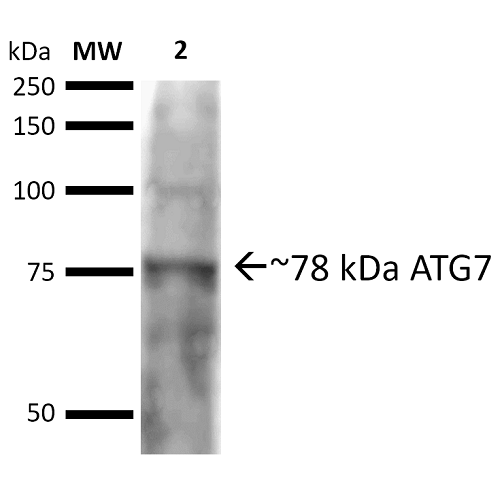
Western blot analysis of Rat brain cell lysates showing detection of ~77.9 kDa ATG7 protein using Rabbit Anti-ATG7 Polyclonal Antibody (SPC-610). Lane 1: Molecular Weight Ladder (MW). Lane 2: Rat brain cell lysates. Load: 20 µg. Block: 2% BSA and 2% Skim Milk in 1X TBST. Primary Antibody: Rabbit Anti-ATG7 Polyclonal Antibody (SPC-610) at 1:1000 for 16 hours at 4°C. Secondary Antibody: Goat Anti-Rabbit IgG: HRP at 1:2000 for 60 min at RT. Color Development: ECL solution for 6 min at RT. Predicted/Observed Size: ~77.9 kDa.
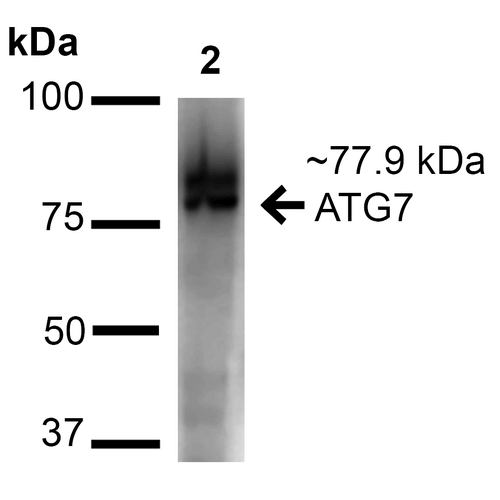
Western blot analysis of Human Cervical cancer cell line (HeLa) lysate showing detection of ~77.9 kDa ATG7 protein using Rabbit Anti-ATG7 Polyclonal Antibody (SPC-610). Lane 1: Molecular Weight Ladder (MW). Lane 2: Human Cervical cancer cell line (HeLa) lysate. Load: 15 µg. Block: 5% Skim Milk in 1X TBST. Primary Antibody: Rabbit Anti-ATG7 Polyclonal Antibody (SPC-610) at 1:1000 for 60 min at RT. Secondary Antibody: Goat Anti-Rabbit IgG: HRP at 1:2000 for 60 min at RT. Color Development: ECL solution for 6 min at RT. Predicted/Observed Size: ~77.9 kDa.

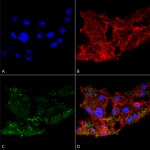
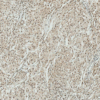
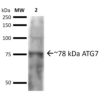
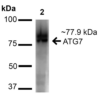




















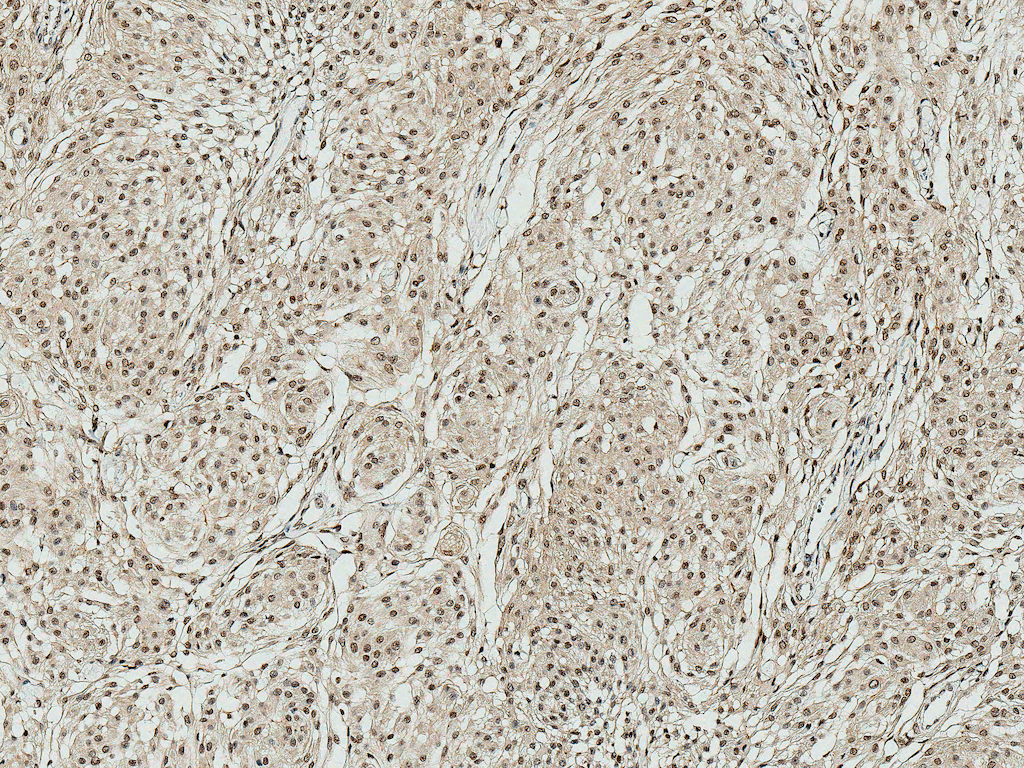
Reviews
There are no reviews yet.